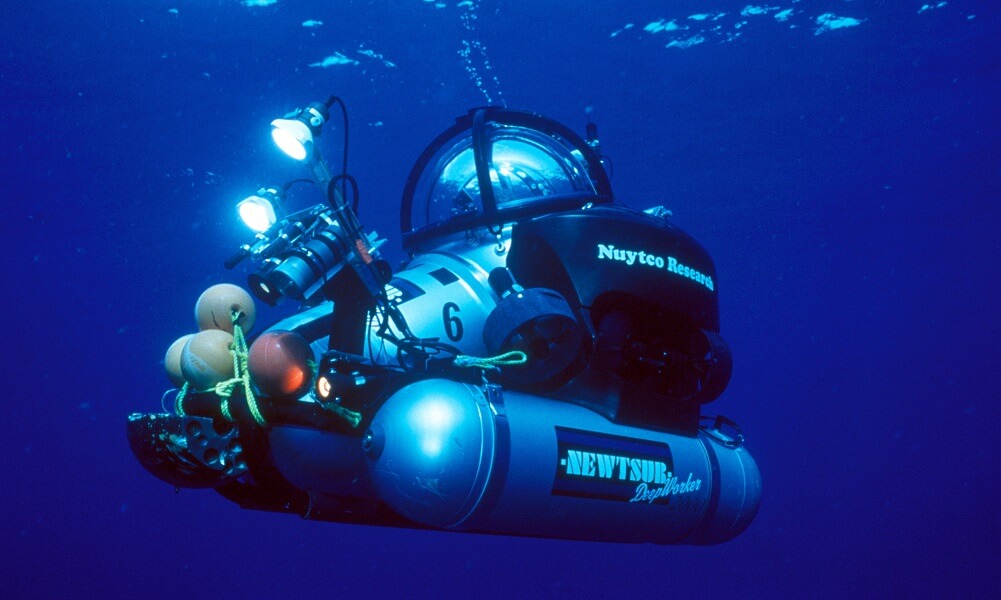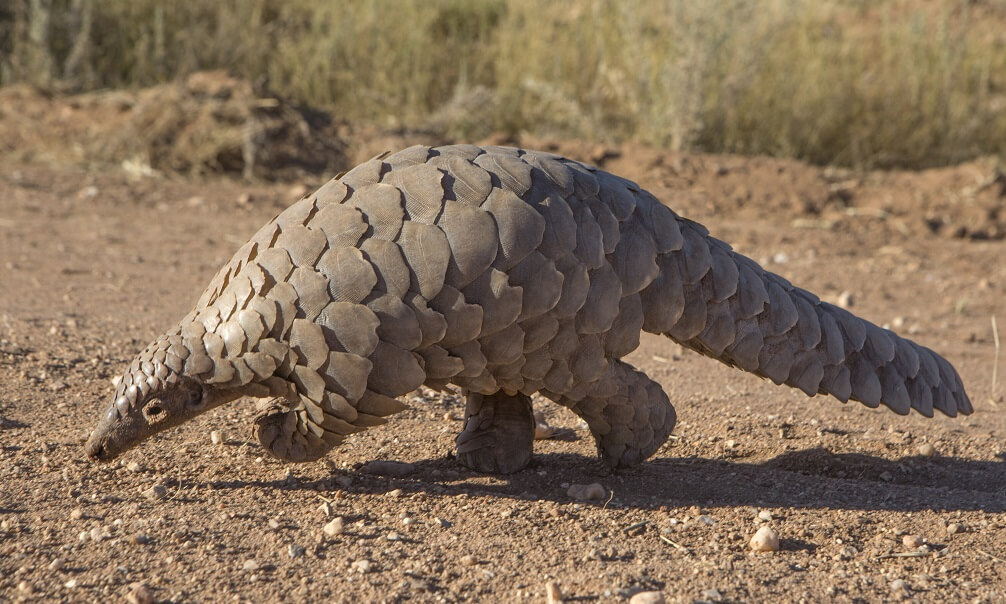He went where no human had gone before. Our trash had already beaten him there.
Source: The Washington Post
Exploring one of the most remote places on earth, a deep-sea diver found new species as well as something depressingly familiar.

Exploring one of the most remote places on earth, a deep-sea diver found new species as well as something depressingly familiar.

A surprising side effect of the lockdowns imposed during the global coronavirus pandemic is the sight of wild animals on deserted city streets.

Learn about the complicated path a virus must take to jump from animals to humans.

Have you ever heard of an adrenaline rush? This article by Josh Clark describes how a rush of adrenaline, brought on by a fearful situation, can give someone “superhuman” strength.

Scientific studies are proving that horses have better memories and more intelligence than previously thought.

Watch the video to see a real-life invisibility cloak! Thanks to innovative technology, humans are one step closer to achieving invisibility, which can have practical and military applications.

For most of human history, our view of the universe has been limited to only what the eye could see. But the ingenuity that spurred the Renaissance gave us the beginnings of a more distant view that revolutionized our understanding.

President Theodore Roosevelt was brash, daring, and adventurous. He was also deeply committed to the cause of preserving America’s forests and wilderness. Explore the links in this American Experience website to learn more about what nature did for “TR” and what he did for nature.

The European conquest of the Americas in the 1500s was brief and decisive. The established civilizations on this side of the Atlantic Ocean lacked the weaponry of the invaders. More significantly, they lacked immunity to the deadly germs that accompanied the Europeans.

A bird can fly anywhere. So why wouldn’t it cross a national border? Find out how scavenging birds have responded to government policies in Europe.